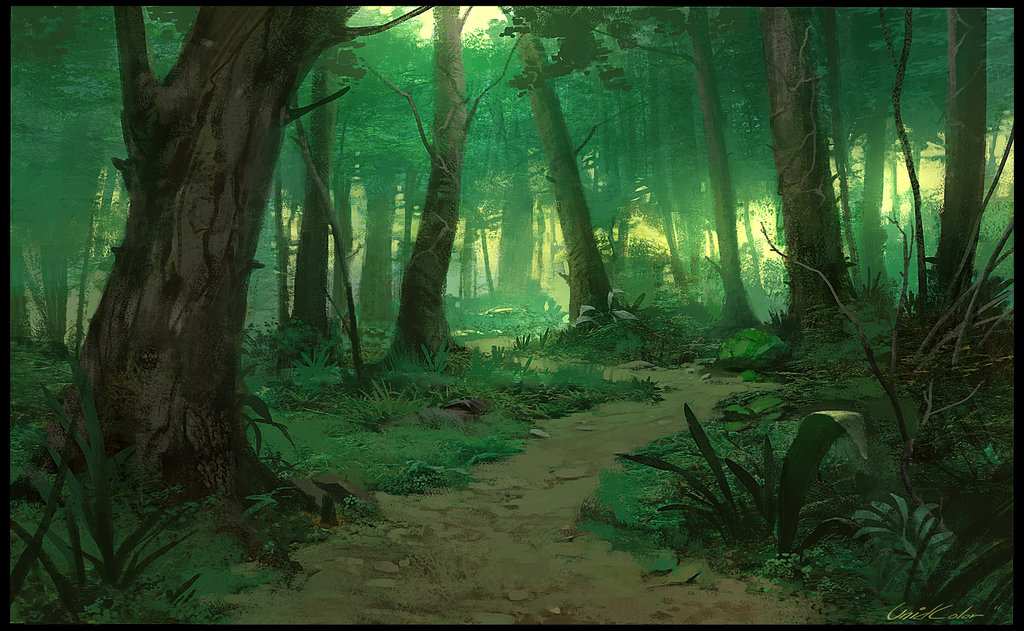The Quivering Forest
The overwhelming majority of the trees that make up the Quivering Forest are aspens, actually a single grove of enormous size all of which are linked by a single root system.
The trees have tall trunks, up to 80 or so tall, with smooth pale bark, scarred with black. The glossy green leaves, dull beneath, become golden to yellow, rarely red, in autumn. The species often propagates through its roots to form large groves.
A tall, fast growing tree, usually 20–25 m (66–82 ft) at maturity, with a trunk 20–80 cm (0.66–2.6 ft) in diameter; records are 36.5 m (120 ft) in height and 1.37 m (4.5 ft) in diameter.
The bark is relatively smooth greenish-white to gray and is marked by thick black horizontal scars and prominent black knots. The leaves on mature trees are nearly round, 4–8 centimetres (1.6–3.1 in) in diameter with small rounded teeth, and a 3–7 centimetres (1.2–2.8 in) long, flattened petiole.
Young trees (including root sprouts) have much larger—10–20 centimetres (3.9–7.9 in) long—nearly triangular leaves. The flowers are catkins 4–6 centimetres (1.6–2.4 in) long, produced in early spring before the leaves; it is dioecious, with male and female catkins on different trees. The fruit is a 10-centimetre (3.9 in) long pendulous string of 6-millimetre (0.24 in) capsules, each capsule containing about ten minute seeds embedded in cottony fluff, which aids wind dispersal of the seeds when they are mature in early summer.
Morcant burl, a purple-hued hardwood, grows only in the Quivering Forest.



Comments